Elderly
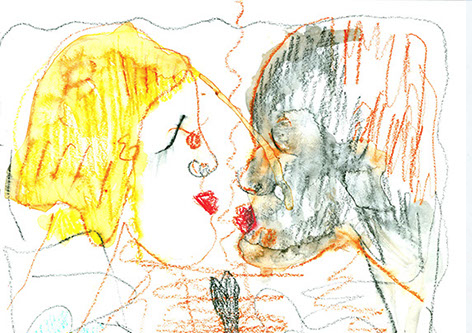

Home | Areas of Application
By 2050, Americans 85 years and older will triple. Clinicians and the public health community need to develop a culture of sensitivity to the needs of this population. Sensory deficits, cognitive changes, and frailty may be subtle or severe in the population over 85.
Beyond the challenges of chronic physical disease and the difficulty with activities of daily there is a need to be acutely aware of the cognitive, psychological, social and environmental changes seen in this population. It is an important public health concern.
Society will have to adapt to the needs of the older adult in order to avoid the isolation and loneness that is encountered when your life is complicated by poor physical and emotional health.
The political choice of offering home health programs for example is not only a more economical solution than institutional placement but also more humane and psychologically effective.
Cognitive Aging
The most common cognitive difficulties seen in aging are occasional short-term memory loss, difficulty finding words and slower when processing information. Brain aging is not the same for everyone. Genetics, social factors, such as education and profession, physical health and emotional lifestyle, can play a role in maintaining certain abilities. The normal evolution of aging does not systematically lead to dementia. Moreover, some brain functions tend to increase with age. We acquire more wisdom, understanding and a seasoned perspective on life. Empathy and altruism can also increase with age and are a factor in longevity, as several studies have shown.
Dementia
Many older adults worry that they will eventually succumb to dementia. However, dementia is not inevitable, and prevention plays a key role. Our lifestyle during adulthood plays a role. Stress, poor nutrition, risky behaviors, emotional instability, and repeated trauma impacts the state of our brain.
The problem in our society is that, as one person with Alzheimer's disease expressed, "We are not taught how to grow old.” We need to address this reality before we reach 85 years of age!
Dementia rates increase with age. It is true that mortality rates for Alzheimer's disease are increasing while those for cardiovascular disease are decreasing. The global prevalence of dementia could increase from 47 million in 2015 to 131 million in 2050. Screening for dementia has limited clinical benefits because the drugs on the market only work marginally. What helps people with dementia the most are cognitive stimulation and support by trained professionals who respect the individual. Providing proper housing is also needed to ensure their safety and autonomy are maintained for as long as possible.
If the person is allowed to have a healthy lifestyle, loving attentive relationships, and cognitive stimulation, the impact of the disease is reduced or at least the negative effect of dementia, such as depression, anxiety, aggressiveness, irrational fear, anger and distress are minimized.
Depression
Depression is not inevitable nor a normal consequence of aging. The causes of depression are diverse and often include the loss of a loved one, retirement, loss of financial stability, loss of physical functions, loss of social interactions or cognitive losses as a result of illness. Isolation, the feeling of uselessness, and losing a sense of meaning to our lives, also play a significant role. Major depression tends to decrease after age 60 but increases again after age 80.
Depression is more common among the elderly in institutions or those with severe disabilities. Depression in the elderly can even lead to suicide. Indeed, at this age, it is often a time for examining one’s life where every unresolved situation from the past may resurface in a more or less conscious way. If a competent team surrounds the person during this delicate time, then the impact of depression will be less.
CAP offers:
In our experience, we have seen older adults who are suffering from Alzheimer disease, depression, feeling isolated, or coping with grief and loss benefit deeply from the CAP process.
The programmed sessions help to better identify the underlying emotions associated with either the psychological or physical conditions that occur with aging. CAP is a supportive, safe and secure psycho-emotional therapy that helps with many of the changes we encounter when we grow older.
CAP as an artistic mediated method does no replace but complements medical care. With CAP, we offer a highly structured process for those who have difficulty expressing themselves. We offer another language, the symbolic language of drawing, color, and shapes that effectively mobilizes our inner potential while reducing stress and the negative effects of illness, dementia or depression.
CAP is an innovative approach which helps us remember that behind every older adult is a human story – filled with the many joys and hardships encountered through a lifetime - that needs to be recognized and acknowledged.
Through this process we can help them express their pain and free them from their anguish. We can help them to welcome their inner wisdom, despite any physical, behavioral or mental deficits. By doing so CAP can create a balanced and peaceful environment that is beneficial for the individual, their family, and caregivers.
CAP embraces - with respect and tenderness - the deep and sensitive layers of each being, and helps to develop an uncommon dialogue, and a beautiful therapeutic alliance between the person, their family, the healthcare team.
ADVANTAGES & BENEFITS
In addition to these general benefits, CAP engages each person with personalized attention which helps to understand the person’s state of mind and is beneficial in advising other therapists on a proper course of therapeutic action. CAP is able to establish an effective protocol for daily living that is therapeutic and is adaptable for the needs of each person.
Here is her assessment after completing her CAP sessions:
While looking at her drawings, she touches each one as if she is discovering the landscape that unfolds before her. “Yes, I'm there… I have nobody and then all of a sudden… This one, I remember. I looked for a place.”
She smiles, recognizing her creations. "Georgette is there! All these things — she shows the two drawings with labyrinths — this is what I had the first time I came… it was me who did it, yes. I said “what did I come here searching for? Even more, there's the name on it and it is at my home… there.”
She verbalizes and writes in her journal: “This work was something very good for me. Super…. to gain something very beautiful. I was lost and I found myself.” — Georgette - 86 years old
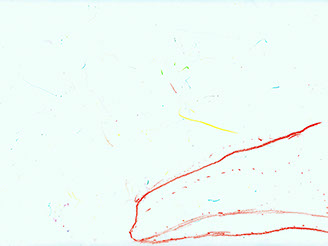
Reference Drawing #1
without music
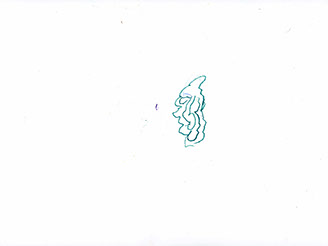
Drawing #1
with music
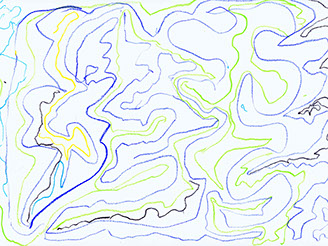
Drawing #2
with music
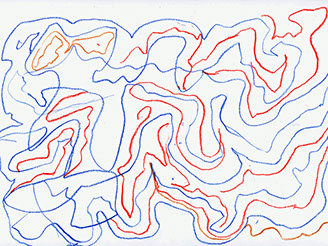
Drawing #3
with music
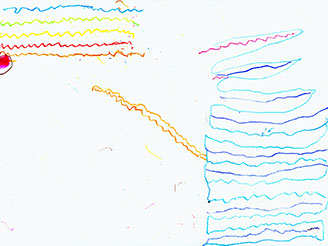
Drawing #4
with music
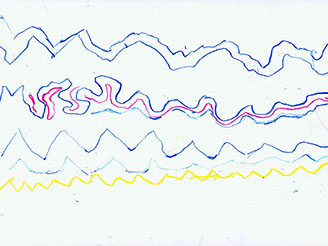
Drawing #5
with music
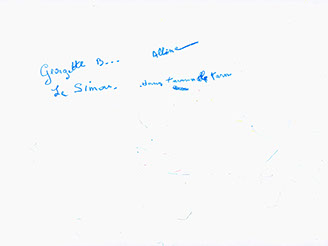
Drawing #6
with music
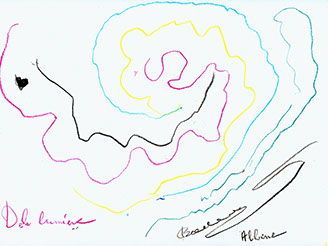
Drawing #7
with music
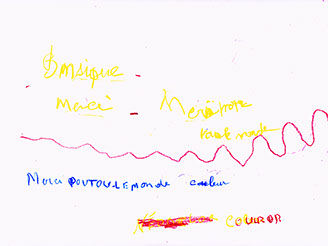
Drawing #8
with music
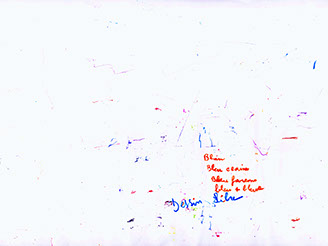
Drawing #9
with music
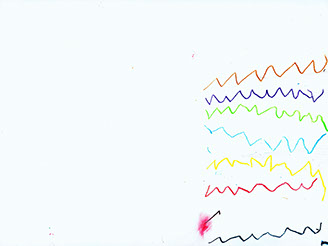
Drawing #10
with music
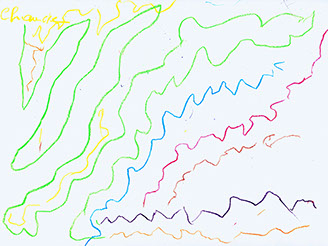
Reference Drawing #2
without music
Henriette, 87 years old, with Alzheimer disease is living in a retirement home. She is designated as the "locomotive of the group” by the psychologist. She is perceived by the medical staff as energetic but disruptive. She gives orders, assigns seating, and reprimands others with a shrill voice. On a daily basis, this behavior is a source of conflict with other residents, as well as with the staff. However, everyone appreciates this endearing lady, who gives attention to the others like a military general directing his troops!
Because of this impulsive personality, the staff has been surprised that she has not exhibited any impatience during the CAP sessions, but instead shows a great determination to be present during the process.
In the unit, her behavior is coupled to her grieving process. She alternates between periods of calm, where her demeanor softens, to one in which her behavior is dominating and aggressive.
Over the years Henriette had lost many loved ones and recently she endured the loss of her husband and daughter. Although she did not remember she nevertheless would ask the staff, twice a day, to go to the cemetery. Each day, she would rediscover the death of her two loved ones. She could not stop crying and her daily suffering was difficult to bear for the staff who do not know how to console her.
After CAP, her comment was very simple: "I thank you all for the peace you brought to me" and she hands to the CAP facilitator a small scarf she knitted herself!
The main point about Henriette is the way she invested in the CAP sessions and lived her mourning process in total security. It was as if the framework of the CAP sessions was a place of prayer. She felt safe and listened enough to tell others about her loss.
In connection with her grief, which was accelerated after years of repression, it was easier for the staff to understand her aggressiveness. Because of this, the health care teams changed their outlook and the way they supported her. It was very beneficial for everybody.
Even though Henriette’s aggressiveness was a challenge for the staff and residents, after talking with the patient care team, her geriatrician chose not to medicate her. He understood that she was mourning and decided to allow her more time to process the grief. Henriette was given the opportunity to fully experience the stages of her grief. The medication would have managed her moods but could have been detrimental to her overall wellbeing and recovery.
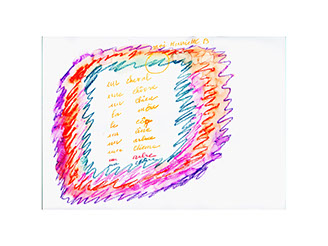
Reference Drawing #1
without music
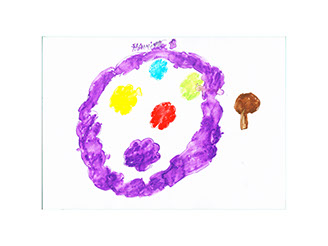
Drawing #1
with music
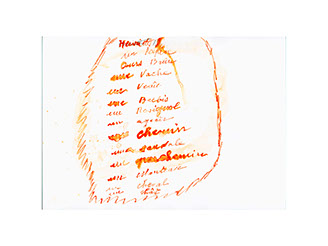
Drawing #2
with music
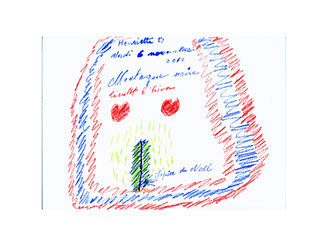
Drawing #3
with music
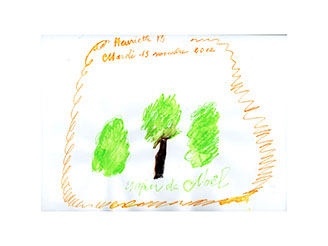
Drawing #4
with music
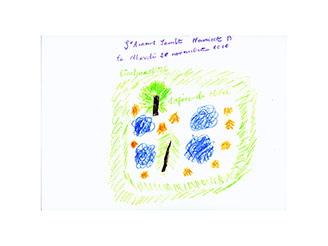
Drawing #5
with music

Drawing #6
with music
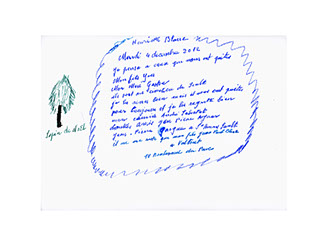
Drawing #7
with music
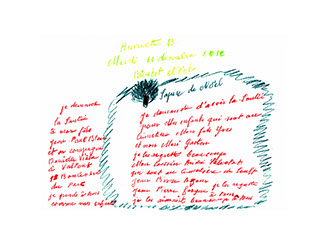
Drawing #8
with music
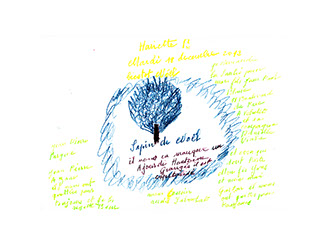
Drawing #9
with music
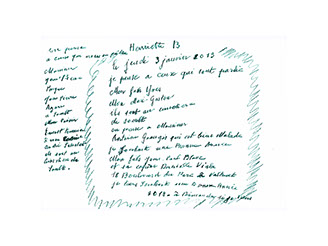
Drawing #10
with music
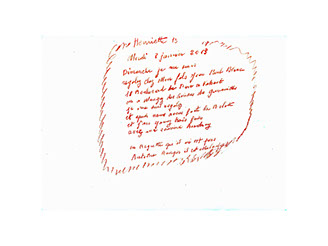
Reference Drawing #2
without music